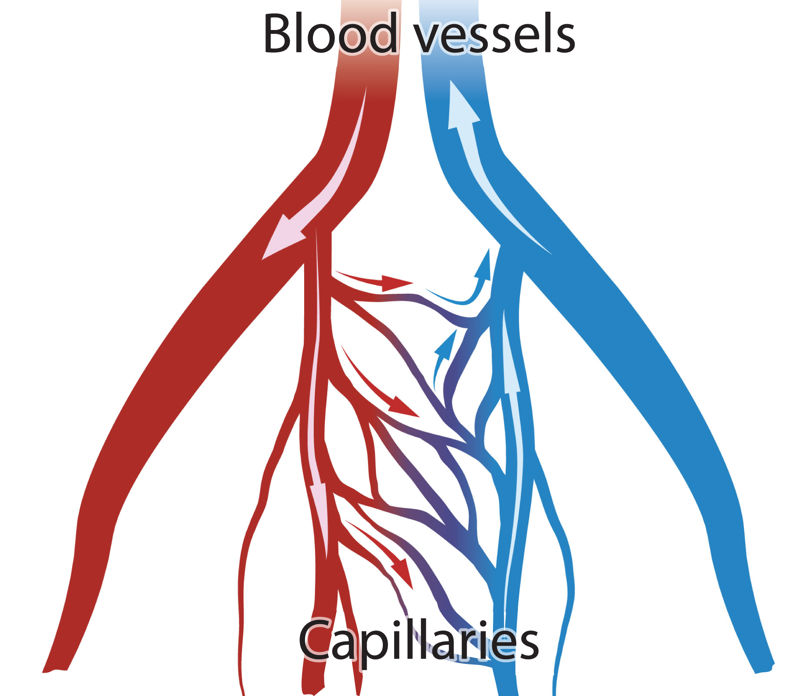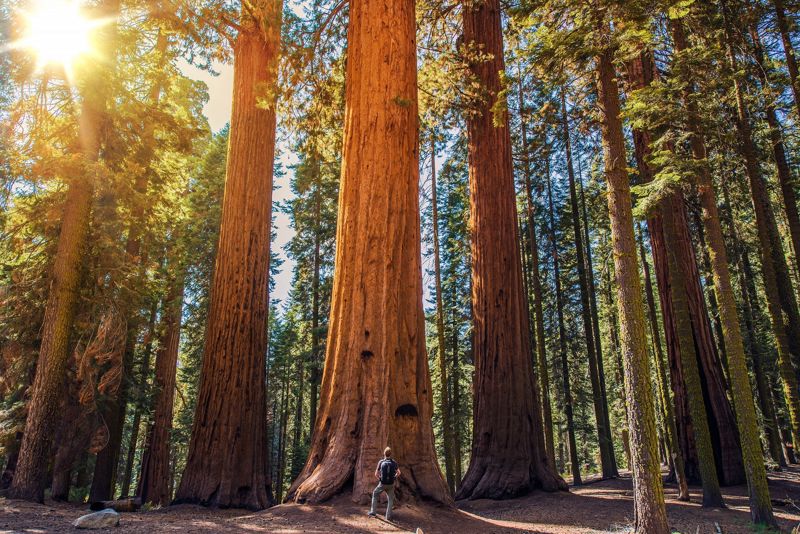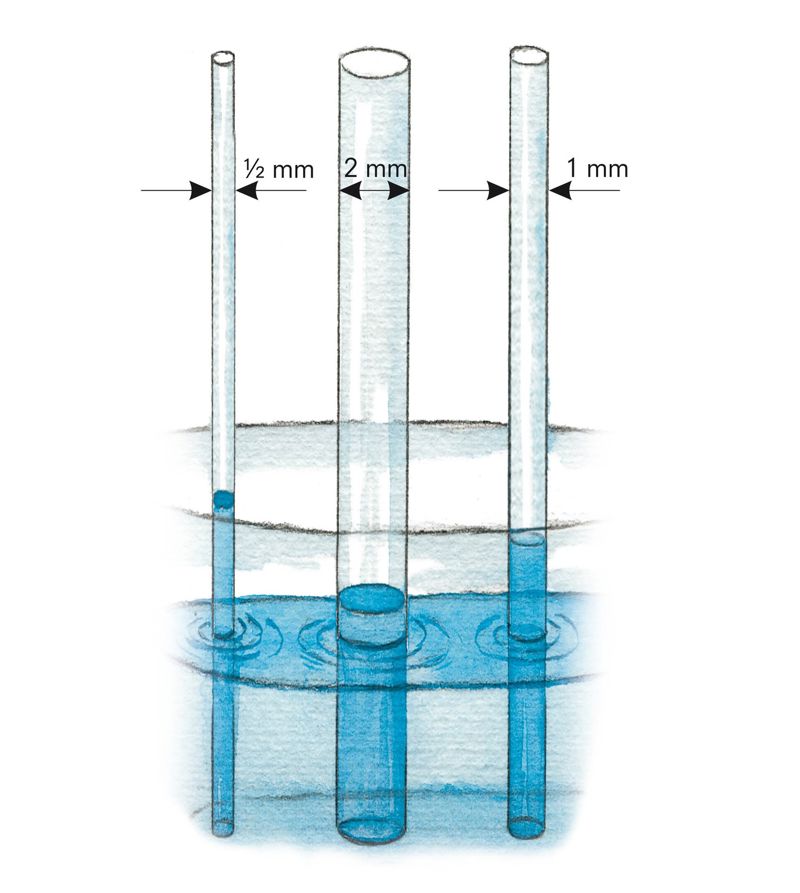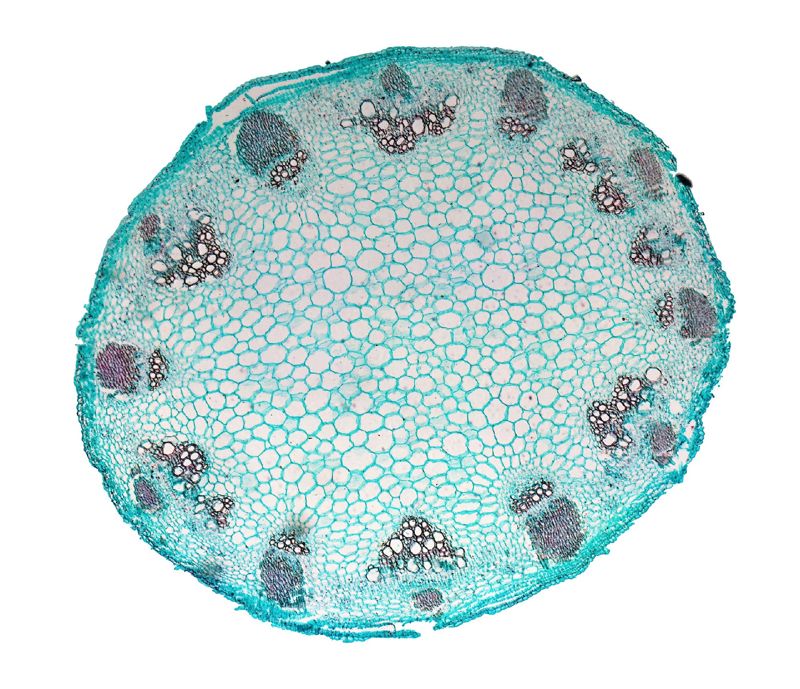Water can sometimes flow upwards
Another interesting phenomenon related to wetting and surface tension is capillarity.
At first glance, it may seem that in nature, water only moves from top to bottom. However, water can also move in the opposite direction. This can easily be demonstrated experimentally:
Pour water into a glass and add some water-soluble colourant (such as food colouring). Cut a strip a few centimetres wide from a paper napkin, and insert one end of the strip in the water. See how the colour of the paper strip changes.
After a while, you will see that the paper is coloured even above the water level. What made the water climb up the paper? To understand this, we can do another experiment, where we put three thin glass tubes of different diameters that we'll call capillaries in the glass.
We see that the water level in the capillaries rises higher than it is in the glass. If you look closely, you can see that the thinner the pipe, the higher the water rises. There are also thin capillaries in the paper, along which the water rises just like in tubes.
Recommended Video Resource
- Watch this video about capillarity online.
Capillarity is the ability of ato flowin a narrow space such as a thin tube. The thinner the tube, thethe water level rises.
Bonus: Capillaries play an important role in the blood circulation of animals (including humans)
Larger blood vessels in the body divide into smaller vessels called capillaries, thinner than hair. The function of capillaries is to bring oxygen and nutrients to all the cells in the body and remove the waste products from cells. Capillarity makes the work of the heart much easier.

How does water move upwards?
Water molecules wet the tube, meaning that they stick to its wall, attracting its neighbouring molecules. In doing so, water molecules must pull against the force of gravity. It is easier to pull up the water column in the thinner capillaries, so the water molecules can climb higher there. If the water does not wet the inner surface of the tube (if it is oily, for example), no bonds are formed between the water molecules and the tube walls, and the water level in the capillary remains lower than in the rest of the water container.
Capillarity is also important in plant life. Soil has many capillary passages along which the water rises to the roots of the plant. There are also bundles of thin tubes in the roots and stems of the plants, along which water and nutrients reach the upper parts of the plant.
Bonus: How tall can trees grow?
The tallest tree ever measured is the 115.55-meter tall coast redwood, which grows in North America, 30 to 60 km off the Pacific coast. According to scientists, trees can not grow much higher than that because water cannot overcome the force of gravity in the capillaries to move upwards at such a height.

Important terms
- capillarity – the ability of a liquid to flow against gravity in a narrow space such as a thin tube
I now know that…
Thanks to capillarity, water can move upwards in a narrow space. Water and nutrients move upwards from the roots of plants along the capillaries to reach the stem and leaves.




